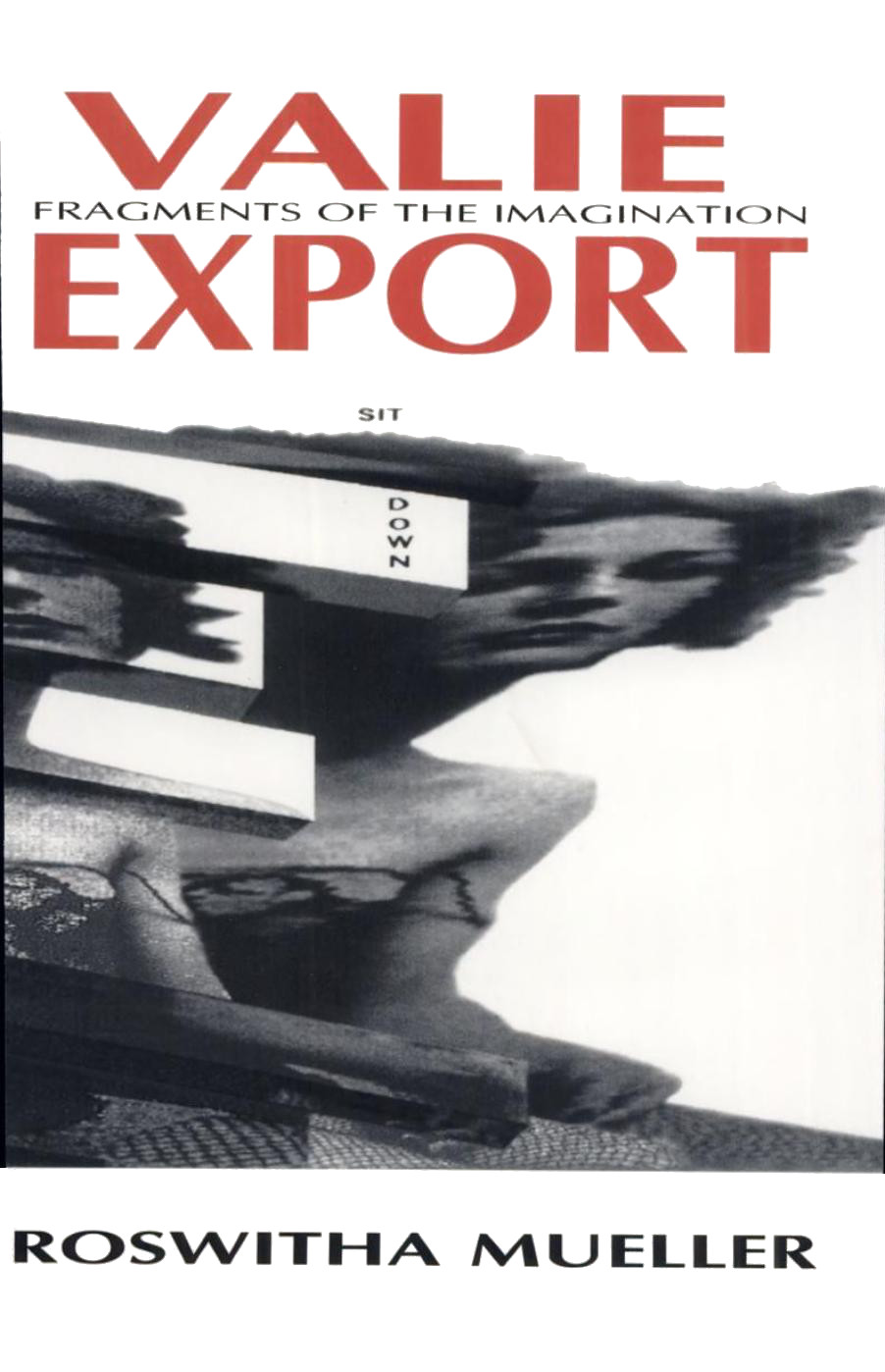Raphael Montañez Ortíz: Laser/Disc/Scratch/Destruction (2011)
Filed under brochure | Tags: · art, destruction art, experimental film, film, manifesto, performance, performance art, sculpture, sound, video, video art

An edition of documents and facsimiles of the artist published to accompany his exhibition at LABOR in México City.
In 1957 Raphael Montañez Ortíz (New York, 1934) began exhibiting sculptures and experimental films. From the start of his career he incorporated destruction and deconstruction as elements of his work, converting them into key figures for understanding the development of avant-gardes during the post-war period. In addition to producing film, music, sculpture, performance and video, Montañez Ortíz pioneered practices such as working with food, computers, and founding portable museums. His works often operate as a counter-anthropology, and he has taken ethnographic methods used to study tribal behavior and applied them to contemporary society.
The LABOR exhibition focused on two aspects of his diverse oeuvre: the first is comprised of documentation surrounding his destruction of pianos and his production of written manifestos; the second is his video work, which he began in the 1980s.
When he participated in the Destruction in Art Symposium (DIAS) held in London in 1966, Montañez Ortíz already had a reputation in the art world for destroying pianos. In the documents it is interesting to observe the contrast between the primal brutality of his actions and the elaborateness of his thoughts as recorded in his manifestos from the same era. The shock of these actions was not directed exclusively at a group of initiates, but at a larger audience that was reflected in the stupor of the mass media.
The Laser Disc Scratch Videos were the result of an interface designed especially by the artist, which allowed him, through the use of a joystick and little knobs, to control a laser disc player in real time. This instantaneous manipulation of video allowed him to work without having to cut or paste, inaugurating a totally new way of working with images without resorting to conventional processes of editing. The result is a zoom though time. Three seconds of footage are stretched out in a spastic movement that ceaselessly deconstructs and reconstructs the narrative. The effect is hypnotizing, and one might say that these videos function like a psychotropic substance absorbed through the eyes and ears. Nevertheless, the physiological effects of these pieces are just the first level among many. At the center of the vortex there is a deconstruction of cultural roles and conventions, an exorcism of the ghosts of contemporary society. (adapted from a press release for the exhibition
The volume contains an interview with Raphael Montañez Ortíz by Pedro Reyes, selections from his archive: “Destructivism: A Manifesto” (1962, handwritten manuscript + transcript, 4 pp), “Destruction Art: Survival Kit” (1968, typed manuscript, 3 pp), “D.I.A.S. Destruction in Art Symposium” (1966), “Diary of a Ritual” (1969, typed manuscript, 9 pp), and a number of photographs.
Edited by Pedro Reyes
Publisher LABOR, México City, 2011
37 pages
via L_A_B_O_R
PDF
1988 print of the Destructivism Manifesto (via ICAA Docs)
2013 Tate exhibition of the 1966 “DIAS” piano
On the Camera Arts and Consecutive Matters: The Writings of Hollis Frampton (2009)
Filed under book | Tags: · cinema, digital art, experimental film, film, film theory, photography, video

“As Hollis Frampton’s photographs and celebrated experimental films were testing the boundaries of the camera arts in the 1960s and 1970s, his provocative and highly literate writings were attempting to establish an intellectually resonant form of discourse for these critically underexplored fields. It was a time when artists working in diverse disciplines were beginning to pick up cameras and produce films and videotapes, well before these practices were understood or embraced by institutions of contemporary art. This collection of Frampton’s writings presents his critical essays (many written for Artforum and October) along with additional material, including lectures, correspondence, interviews, production notes, and scripts. It supersedes Circles of Confusion, published in 1983.
Frampton ranged widely over the visual arts in his writing, and the texts in this collection display his distinctive perspectives on photography, film, video, and the plastic and literary arts. They include critically acclaimed essays on Edward Weston and Eadweard Muybridge as well as appraisals of contemporary photographers; the influential essay “For a Metahistory of Film,” along with scripts, textual material, and scores for his films; writings on video that constitute a veritable prehistory of the digital arts; a dialogue with Carl Andre (his friend and former Phillips Andover classmate) from the early 1960s; and two inventive, almost unclassifiable pieces that draw on the writings of Borges, Joyce, and Beckett.”
Edited with an Introduction by Bruce Jenkins
Publisher MIT Press, 2009
Writing Art series
ISBN 0262062763, 9780262062763
331 pages
Experimental film at Monoskop wiki
Review (Matt Packer, Experimental Conversations)
Review (Mike Leggett, Leonardo)
Review (Michael Zryd, Film Studies)
Review (David Sterritt, Film Quarterly)
Review (John Klacsmann, The Moving Image)
Review (Keith Sanborn, The Brooklyn Rail)
Review (Melissa Gronlund, Frieze)
Roswitha Mueller: Valie Export: Fragments of the Imagination (1994)
Filed under book | Tags: · art, body, expanded cinema, experimental film, feminism, film, fluxus, performance, performance art, photography, video

An early, groundbreaking radical performance artist, Valie Export created a philosophy of “Feminist Actionism” and in multimedia performances used the female body to critique male spectatorship. Roswitha Mueller examines Export’s performance and installation work; her photography; her avant-garde film experiments and her four feature films; and her critical writings and interviews. Valie Export’s primary object of study is the female human body, and as a multimedia artist, she has merged the discourses of the avant-garde and of feminism to reappropriate women’s gestures, postures, images, and rights. This comprehensive and extensively illustrated study also includes an interview with Export.
Publisher Indiana University Press, 1994
Women Artists in Film series
ISBN 0253209250, 9780253209252
246 pages
Review: Alison Butler (Screen, 1996).
PDF (no OCR)
Comment (0)
